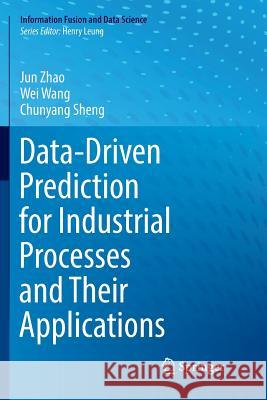Data-Driven Prediction for Industrial Processes and Their Applications » książka
topmenu
Data-Driven Prediction for Industrial Processes and Their Applications
ISBN-13: 9783030067854 / Angielski / Miękka / 2018 / 443 str.
Data-Driven Prediction for Industrial Processes and Their Applications
ISBN-13: 9783030067854 / Angielski / Miękka / 2018 / 443 str.
cena 524,53
(netto: 499,55 VAT: 5%)
Najniższa cena z 30 dni: 501,19
(netto: 499,55 VAT: 5%)
Najniższa cena z 30 dni: 501,19
Termin realizacji zamówienia:
ok. 22 dni roboczych
Bez gwarancji dostawy przed świętami
ok. 22 dni roboczych
Bez gwarancji dostawy przed świętami
Darmowa dostawa!
Kategorie:
Kategorie BISAC:
Wydawca:
Springer
Seria wydawnicza:
Język:
Angielski
ISBN-13:
9783030067854
Rok wydania:
2018
Dostępne języki:
Numer serii:
000835328
Ilość stron:
443
Waga:
0.63 kg
Wymiary:
23.39 x 15.6 x 2.36
Oprawa:
Miękka
Dodatkowe informacje:
Wydanie ilustrowane











